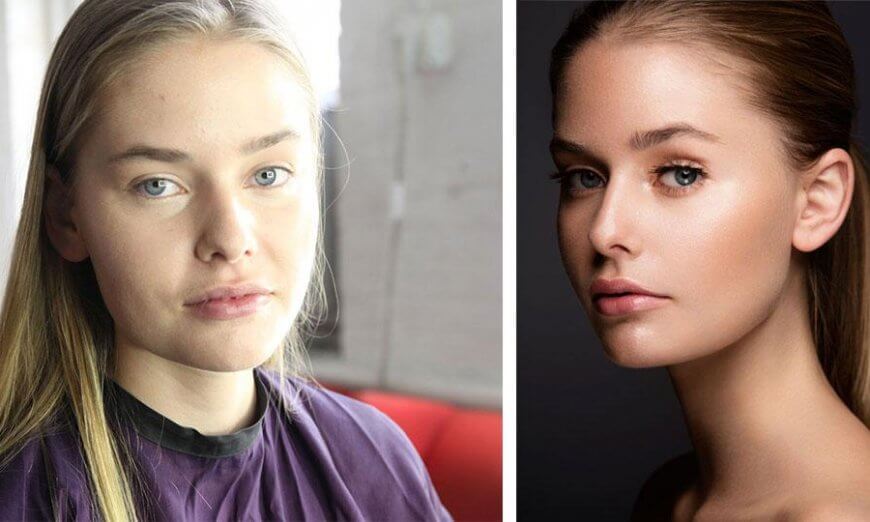There are many ways to start a photography career. One overlooked way is through an internship or mentorship. Internships help you gain practical skills and build relationships with clients. Many successful self-taught photographers credit internships as the key to their success. Moreover, you can also learn the basics of photography with the help of online guides and articles.
Natural light
Natural light is an incredibly diverse and unpredictable part of photography. Like most aspects of photography, it is always challenging to work with. The light’s amount, direction, and intensity can vary dramatically, and you must learn how to adapt to it. This article will cover some of the main aspects of natural light photography and how to prepare for them.
Natural light is the light that surrounds your subject and is not influenced by any photographic equipment. Whether the light comes from a window or the sun, this light is everywhere, so learning how to capture it will help your photography.
Shooting in RAW
If you have a DSLR camera, you probably have the option of shooting in RAW format. RAW is a file format that is not universally recognized by the software. Because of this, editing RAW images is necessary to get the most from them. After shooting in RAW, you need to convert the RAW file to a JPEG format to edit it. Most cameras come with a RAW file viewer, but many other image file viewers support RAW.
Another drawback of shooting in RAW is that it takes more time to edit the images. However, you may find that the quality of your images improves as a result. In addition, shooting in RAW allows you to use more creative filters, like layers and masks, to edit the photos.
Understanding compositional rules
Creating a sense of drama and balance in your photographs begins with understanding compositional rules. The rule of thirds is an excellent place to start. The composition of a picture determines how much of the scene is visible and how much space it occupies. To create a compelling composition, consider different elements and their relative weight.
The first rule of composition is the rule of thirds. The rule divides the camera frame into three-thirds and suggests that the key object sits at the intersection of two or three gridlines. This rule can be applied to any subject, including landscapes.
Experimenting with perspective
Experimenting with perspective is an essential part of photography. Changing the viewpoint of an image can have a dramatic impact on its quality. As you practice shooting from different angles and lighting conditions, you will develop your eye for perspective and begin to notice lines, space, and receding objects.
A wide-angle lens will help you achieve this effect. A telephoto lens will compress the perspective of your subject. This technique will also make things in the background appear smaller and closer.
Investing in a DSLR or mirrorless camera
If you’re new to photography and are wondering if you should invest in a DSLR or mirrorless camera, you’re not alone. While smartphones are great for taking pictures, the cameras found on DSLRs are expensive. You’ll also need to purchase accessories, including lenses, tripods, camera bags, and post-processing software. DSLR cameras can run into thousands of dollars.
While DSLR cameras have been around for years, mirrorless cameras are still relatively new. However, the prices of mirrorless cameras are starting to fall. Many camera companies now offer more affordable mirrorless options, and you don’t necessarily need to part with your old gear. Many of the lenses you own will work well with a mirrorless camera.
Learning from mistakes
As a beginning photographer, you will inevitably make mistakes. These mistakes can be frustrating but can also be an opportunity to learn. Understanding the different types of light is a good way to avoid these mistakes. It will also help you understand the best settings for your photos. Learn from your mistakes, and you will become an expert photographer in no time.
The most common mistake that new photographers make is over-editing their photos. This is a common pitfall for amateur photographers who don’t know the limits of their software. Even powerful programs can push your photos past their limits, so it’s a good idea to err on the side of conservatism when editing photos. One way to counteract the tendency to over-edit is to step away from the computer while you edit the photo.
Developing your skills
To become a professional photographer, you need to develop your skills as a photographer. The photographic profession requires various skills, from creativity to technical know-how. Some people are born with a flair for photography, while others need a great deal of work to perfect their craft. Developing your photography skills is a great way to boost your confidence and improve your work.
Photography requires technical skills, including how to use and maintain equipment. Understanding your camera’s settings, how it reacts to light, and other factors is vital to your success. Additionally, it helps to know how to troubleshoot your equipment when problems arise. This way, you can ensure your photographs look as good as possible.


